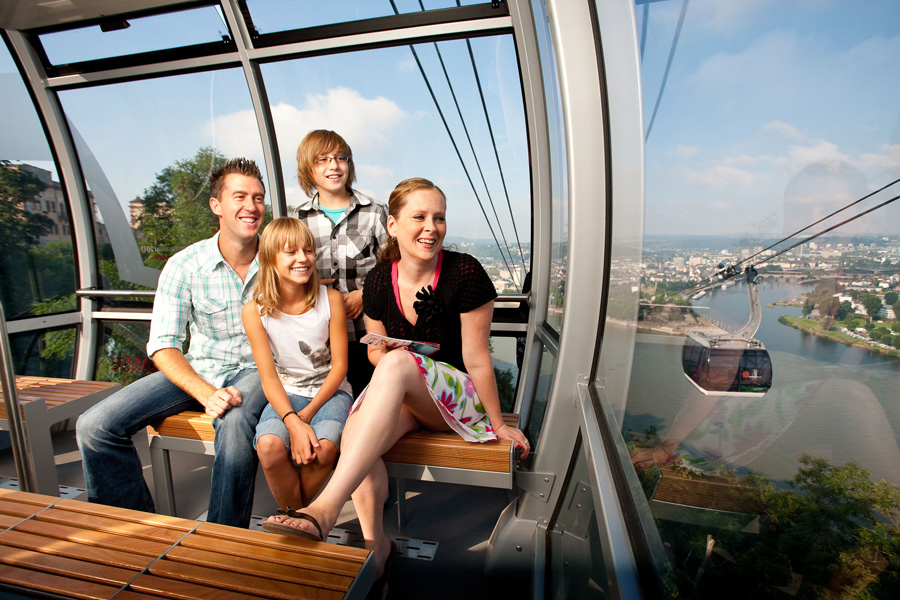
Cities, SI-Urban
Koblenz Citizens’ Panel
For the third time, a survey wave of the Koblenz Citizens’ Panel on the living situation in the city was conducted by the Communications Statistics and Urban Research Department of the City of Koblenz. While the first survey in 2017 had 1,460 participants, the number of participants in 2021 reached an all-time high of 2,964.
In the course of this survey, the aim was to examine the burdens caused by the pandemic and also to identify any other problem areas. It is striking that the participants attach particularly great importance to transport. Although satisfaction with public transport has increased compared to previous surveys, the price and travel time of public buses are still criticised. The cable car in Koblenz, on the other hand, received high approval.
Almost 100 percent in favour of continued operation
When the almost 3,000 participants were asked to rate the Koblenz cable car, the approval rate was almost 100 percent. Thus, 97% thought the cable car was an important tourist attraction and 94% also thought that the cable car should definitely continue to operate. What the red double-decker buses are for Londoners is the cable car for Koblenz.
After all, 87 percent think that the cable car is a unique selling point for the city. Due to these consistently positive results, it is not surprising that an integration of the cable car into the local transport system is seen very positively (84%). Especially the respondents in the wider surroundings of the mountain station (Niederberg, Arenberg and Immendorf) are highly interested in this step.
One argument that is frequently raised by opponents of the cable car is that the cable car would interfere with the view of the UNESCO World Heritage Site Upper Middle Rhine Valley. This question was also investigated in the third citizens’ survey. However, 91 percent of the respondents did not see any restriction here.







